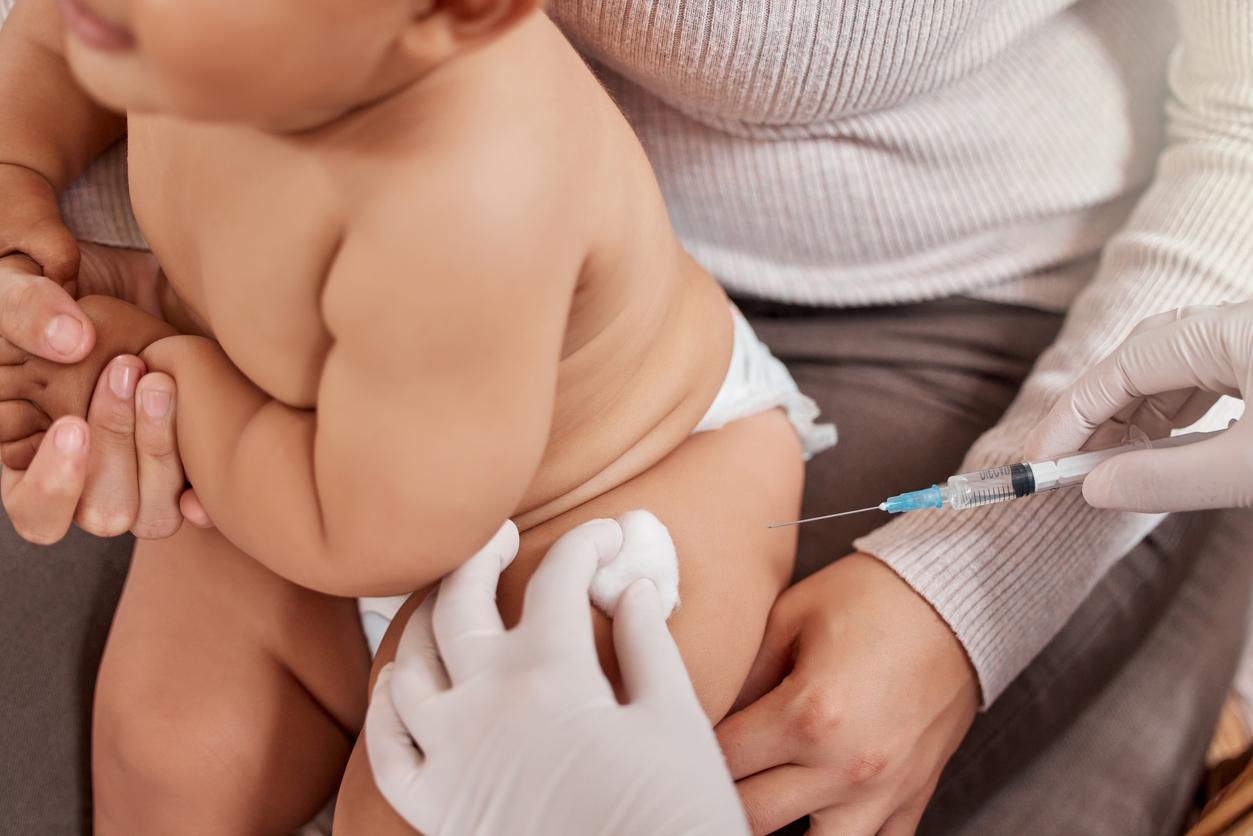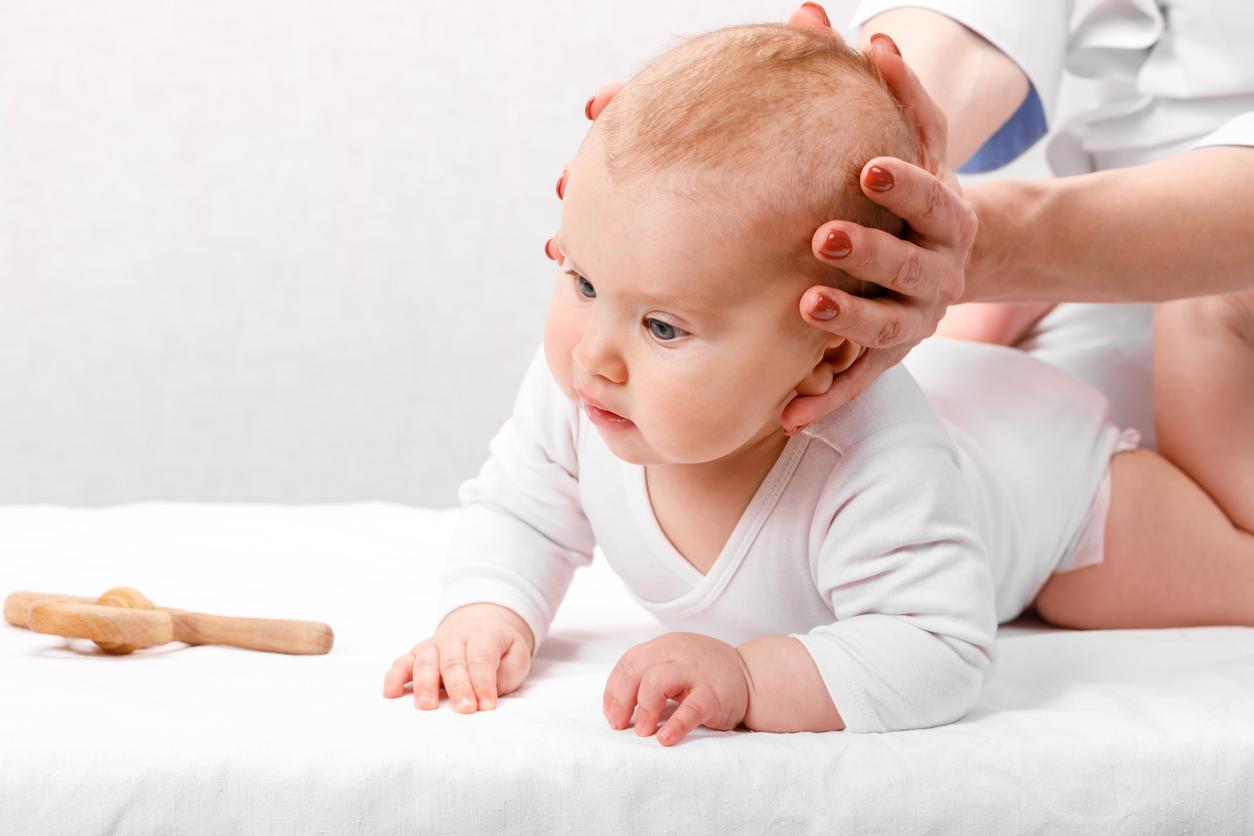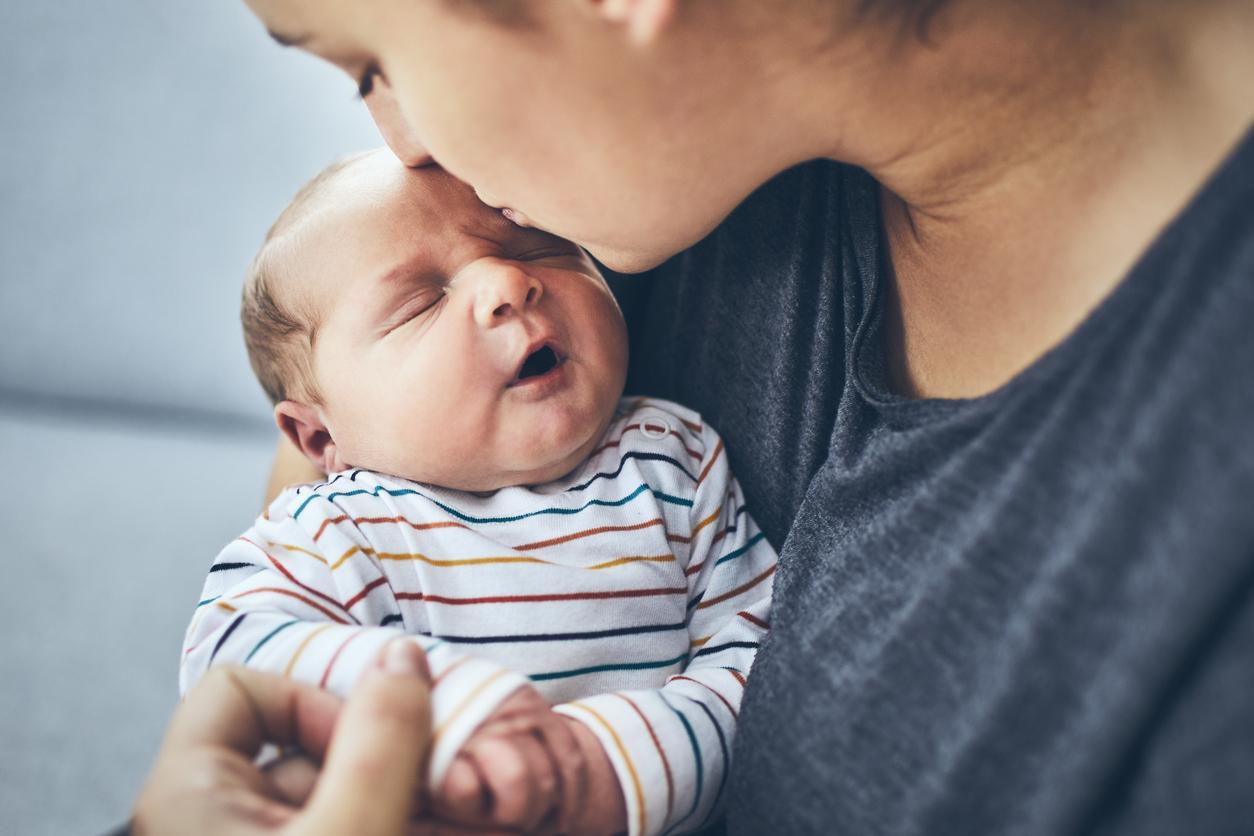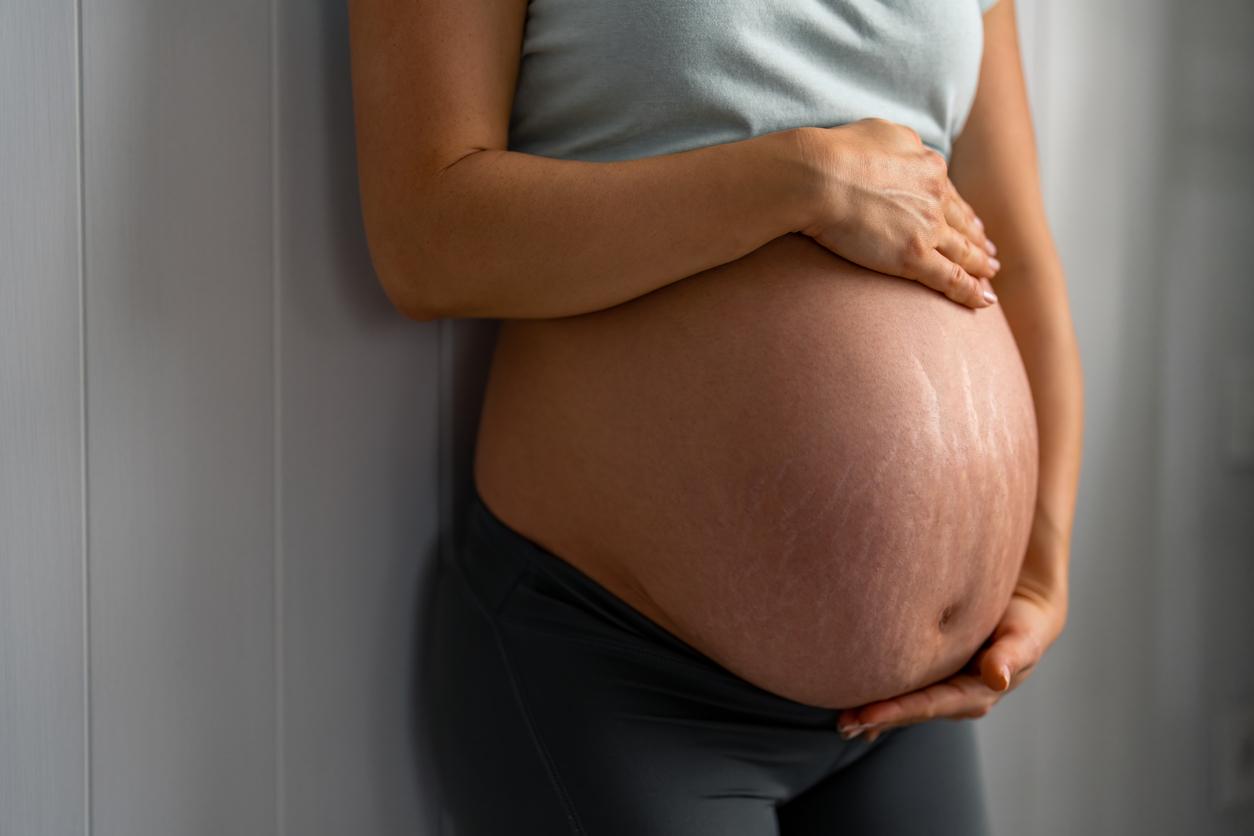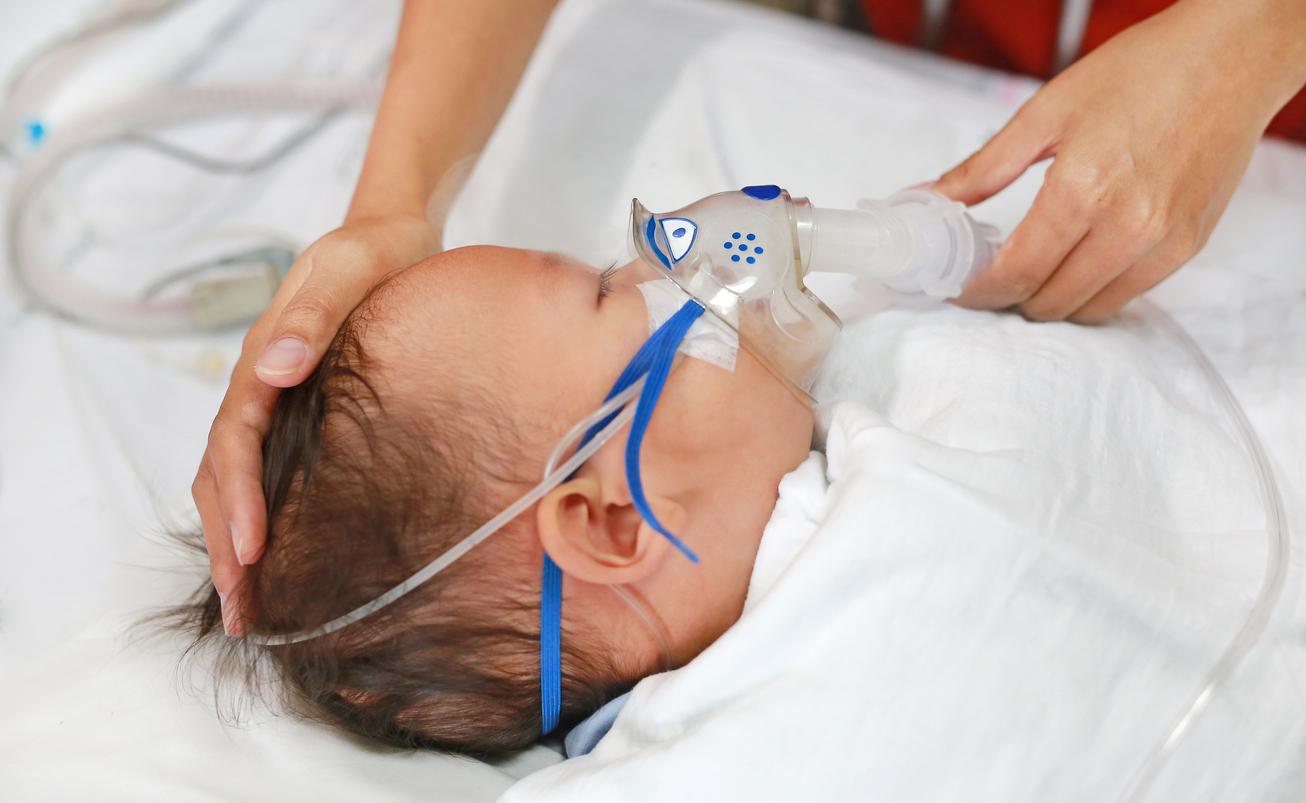More than a year after receiving the world’s first partial heart transplant, little Owen Monroe is doing very well and his operation is considered a real success by his doctors.
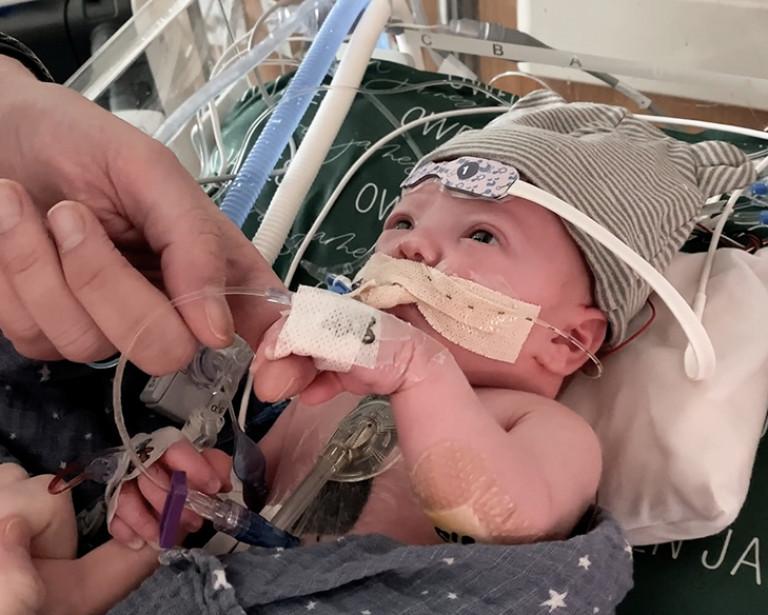
- Owen Monroe was born with a rare heart defect called truncus arteriosus.
- In an attempt to treat him, doctors at Duke Health performed the world’s first partial heart transplant on him when he was 17 days old.
- More than a year after the operation, the little boy is doing well. The transplanted tissue grows along with his heart. His surgical team considers his operation a success. She also opened the way for other children.
In 2022, the story of infant Owen Monroe, the world’s first baby to receive a partial heart transplant, had touched and fascinated the world. More than a year later, doctors at Duke University hospitals confirm that the intervention is a success. The transplanted heart tissue grows at the same rate as the little boy, now 21 months old.
Partial heart transplant at 17 days: heart tissue grows with him
Owen was born with a rare heart defect called truncus arteriosus. During fetal development, its primary truncus arteriosus did not divide into the pulmonary artery and aortaforming a single vessel. Faced with such a heart problem, there were two treatments offered: a complete heart transplant where the delays in finding a compatible donor can be long… sometimes even too long, or the use of frozen heart tissue. But this option leads to having to carry out several operations during the child’s growth.
To avoid this, the team of Dr. Turek suggested to Owen’s parents that they do a partial heart transplant, i.e. arteries and valves. They agreed that their baby, then 17 days old, would undergo this surgery, which had never been done before. The article, published in the journal American Medical Association in January 2024, reveals that this operation was a real success. The strawberry-sized organ at the time of the operation is about the size of an apricot, and the transplanted parts grow at the same time. Which means that, unlike most children born with the same defect and given heart tissue that has been frozen, he may not need to undergo riskier heart surgeries later. Other good news: the prescribed treatments could be gradually reduced.
Nick Monroe, the child’s father, said on ABC11 : “what’s surprising is that when we went out (of the hospital)Owen had 17 daily medications to control everything that happened after the operation. But now we only have two.”
Partial heart transplant: this can help increase the number of transplants
If Owen was the first infant to benefit from a partial heart transplant, he is no longer the only one. 12 others have been carried out around the world since April 2022. For Dr. Joseph Turek behind this cutting-edge surgery, this procedure could improve the treatment of newborns with irreparable heart valve dysfunction. This could help increase the number of possible transplants. For example, through domino grafts: When one child, born with a weak heart muscle, receives a whole heart transplant, a second can receive the healthy valves and blood vessels removed from the removed heart. Another option: it is possible to divide a donation. That is, heart tissue from the donated heart is removed and then separated to be transplanted into two small patients.
“If your child waits for a heart transplant before the age of one, 20% of those babies will not get a heart.”explained the expert to the media. “So finding a way to double the number of patients who will receive this donation is going to help many children who might not have been able to benefit from a transplant.“








